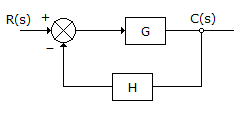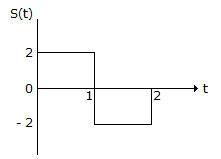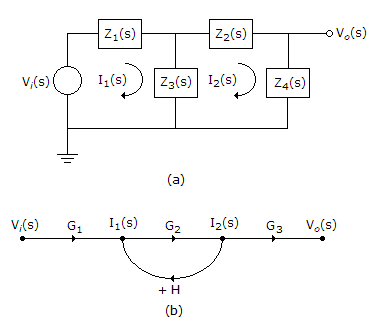Electronics and Communication Engineering - Exam Questions Papers
Exercise : Exam Questions Papers - Exam Paper 5
- Exam Questions Papers - Exam Paper 12
- Exam Questions Papers - Exam Paper 22
- Exam Questions Papers - Exam Paper 21
- Exam Questions Papers - Exam Paper 20
- Exam Questions Papers - Exam Paper 19
- Exam Questions Papers - Exam Paper 18
- Exam Questions Papers - Exam Paper 17
- Exam Questions Papers - Exam Paper 16
- Exam Questions Papers - Exam Paper 15
- Exam Questions Papers - Exam Paper 14
- Exam Questions Papers - Exam Paper 13
- Exam Questions Papers - Exam Paper 1
- Exam Questions Papers - Exam Paper 11
- Exam Questions Papers - Exam Paper 10
- Exam Questions Papers - Exam Paper 9
- Exam Questions Papers - Exam Paper 8
- Exam Questions Papers - Exam Paper 7
- Exam Questions Papers - Exam Paper 6
- Exam Questions Papers - Exam Paper 5
- Exam Questions Papers - Exam Paper 4
- Exam Questions Papers - Exam Paper 3
- Exam Questions Papers - Exam Paper 2
6.
In a transmission line terminated with a load equal to the characteristic impedance, the reflection coefficient is
Answer: Option
Explanation:
 .
.
7.
Consider a control system shown in given figure. For slight variation in G, the ratio of open loop sensitivity to closed loop sensitivity will be given by


Answer: Option
Explanation:
Open loop sensitivity = 1
Closed loop sensitivity = 
Hence ratio = 1 : (1 + GH) - 1.
8.
Consider the signal S(t) shown below :

The slope of the matched filter output during the interval

The slope of the matched filter output during the interval
Answer: Option
Explanation:
Match filter will be

The output of this will be convolution of S(t) with match filter.

 .
.
9.
The logic function f(A B, C) = Σm(0, 2, 4, 5, 6) represented by


Answer: Option
Explanation:


10.
An electrical system and its signal-flow graph representation are shown in figure (a) and (b) respectively

The values of G2 and H, respectively are

The values of G2 and H, respectively are
Answer: Option
Explanation:
Vi(s) = Z1I1 + Z3(I1 - I2) ...(i)
V0(s) = Z4I2
I2(Z3 + Z2 + Z4) = Z3I1 ...(ii)
From signal flow graph
I2 = I1G2 ⇒ 
Hence, 
 ...(iii)
...(iii)
 From SFG ...(iv)
From SFG ...(iv)
From (ii), (iii), (iv) we get H.
Quick links
Quantitative Aptitude
Verbal (English)
Reasoning
Programming
Interview
Placement Papers



